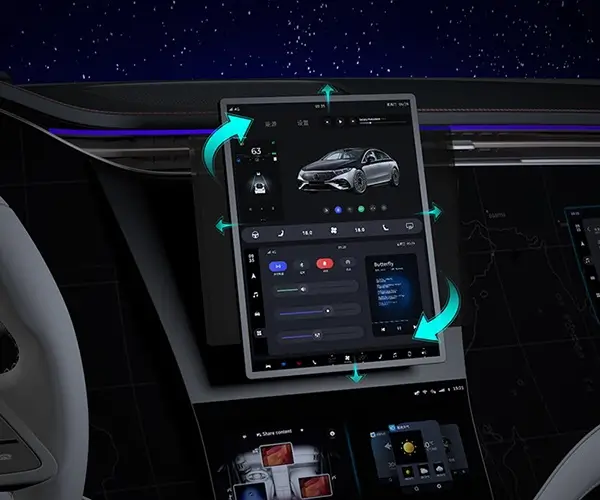Unveiling the Power Behind Precision: How DC Servo Motors Work
In the realm of automation, robotics, and precise control systems, few components are as vital—and as fascinating—as the DC servo motor. If you've ever watched a robotic arm meticulously assemble a smartphone, or a drone navigating complex environments, chances are a DC servo motor played a crucial role behind the scenes. But what exactly makes these tiny powerhouses tick? How do they manage to deliver such exquisite control over position, speed, and torque?

Let’s embark on a journey to understand the working principle of DC servo motors, starting from their basic structure and moving toward their intelligent control systems.
What Is a DC Servo Motor?
A DC servo motor is a specialized type of electric motor designed to provide precise control of angular position, speed, and torque. Unlike standard DC motors that only rotate freely or at set speeds, servo motors are accompanied by a control circuit and feedback mechanisms that enable real-time adjustments—making them indispensable where accuracy is paramount.
Imagine a robot arm picking up a delicate glass or an automated camera that needs to rotate at exact angles—these are prime examples of applications utilizing DC servo motors. Their ability to perform small yet accurate movements sets them apart from other motor types.
Core Components of a DC Servo Motor
Understanding its working principle starts with identifying the core parts:
Armature (Rotor): The rotating part of the motor, typically wound with copper wire, which interacts with the magnetic field.
Stator: The stationary magnetic field generated either by permanent magnets or electromagnetic windings.
Feedback Device (Encoder or Resolver): A sensor that constantly monitors the rotor’s position and speed.
Control Circuit: The electronic unit that interprets the signals from the feedback device and adjusts the motor’s input accordingly.
Power Supply: Provides the necessary electrical energy to operate the motor and control circuitry.
This assembly forms a closed-loop system that continuously monitors and reacts to the motor’s position and speed, ensuring high precision.
The Heart of the Magnetism: How the Motor Creates Motion
At the core of the DC servo motor’s operation is electromagnetic induction. When current flows through the armature winding, it creates a magnetic field that interacts with the stator’s magnetic flux—producing torque or rotational force. The magnitude and direction of this current determine how the rotor responds.
Key principle:
When the rotor’s magnetic field aligns with the stator, torque is maximized, and the rotor begins to rotate. If the current’s direction reverses, the rotor’s magnetic polarity flips, causing it to accelerate in the opposite direction.
These interactions are governed by the Lorentz force law, which explains how electric currents and magnetic fields produce forces.
How the Feedback System Ensures Precision
This is where the magic of the servo really shines. The feedback device—like an encoder—transmits real-time data on the rotor’s position and speed to the control circuit. This system constantly compares actual movement with the desired position setpoint.
If there's any deviation, the control circuit adjusts the voltage and current supplied to the motor, effectively “correcting” its position. This rapid feedback loop allows the DC servo motor to achieve remarkable accuracy, often reaching positional resolutions less than a fraction of a degree.
Imagine trying to turn a leisurely steering wheel versus finely adjusting a camera’s gimbal—this control system makes that level of delicate movement possible.
Please notify me when you’re ready for Part 2, where we’ll explore the types of control mechanisms, real-world applications, and future trends in DC servo motor technology.
Established in 2005, Kpower has been dedicated to a professional compact motion unit manufacturer, headquartered in Dongguan, Guangdong Province, China.




































